How the Vatican does geopolitics in Cold War II
Pope Leo XIV will need courage in handling a fractured church and numerous geopolitical crises.
Habemus Papam! This year’s papal conclave may be over but speculation of what happened behind the closed doors of the Sistine Chapel is only just beginning.
Once again, the Vatican demonstrated to all and sundry that what happens in a conclave is known only to those who participate in it – and to God.
The recent conclave marked several achievements. It was the largest and most international in history, as 133 electors from the college of cardinals – from more than 70 countries – cast their votes.
Most striking, the chosen one, Cardinal Robert Prevost, now Pope Leo XIV, is the first Augustinian to be elected as the Holy Father and the first from the US – a characteristic long deemed to reduce one’s chances of election.
Although the new Pope spent much of his clerical life in Peru rather than the US, Leo XIV will go down in history as the first pontiff from the global hegemon. The question now is: what theological and geopolitical challenges will the Chicago-born Pope choose to address as the world enters a new Cold War?
Although the third US president, Thomas Jefferson, called for a “wall of separation” between church and state, history reveals how pontifical mediation – and even intervention – in geopolitical crises is hardly uncommon. In 1959, pope John XXIII convened the far-from-uncontroversial Second Vatican Council, in which he sought to update the Catholic Church “to meet the needs and conditions of our times”.
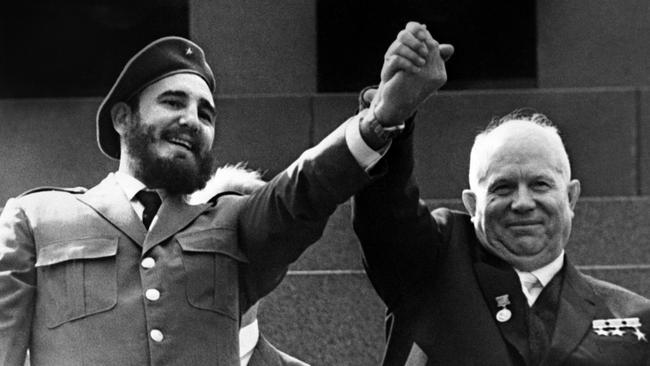
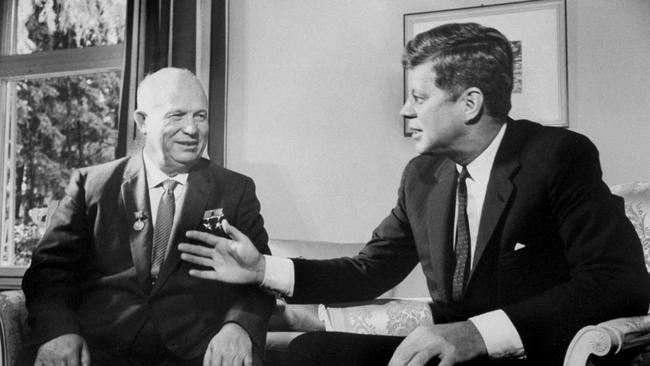
Three years later, one such need arose, namely to avert nuclear war as the Cuban missile crisis gained momentum. With nuclear deterrence on the precipice of collapse, the pope communicated with the US and Soviet leaders – the Catholic John F. Kennedy and the atheist Nikita Khrushchev – and ensured his messages would be broadcast globally on Vatican Radio.
Calling on governments to “spare the world from the horrors of a war whose terrifying consequences no one can predict”, the pope’s message also featured on newspapers worldwide, including Pravda, the official Soviet mouthpiece.
This was no mean feat. Khrushchev, the man who had declared the importance of “peaceful coexistence” between Moscow and Washington, was in a dilemma. He could refuse to heed the pope’s message and be seen as a hypocrite or de-escalate and be seen as a man of peace. Khrushchev chose the latter.
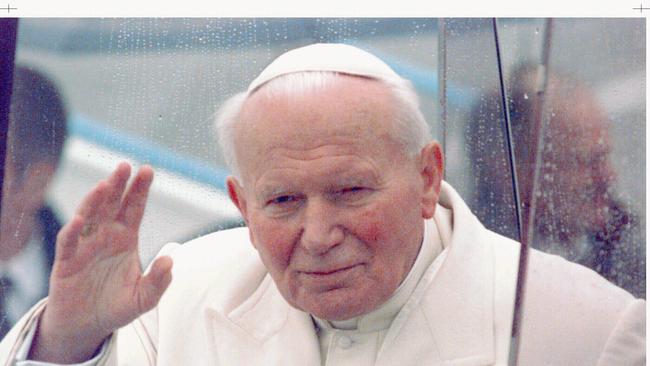
As the Cold War continued, another pontiff would face the limelight, pope John Paul II. The former archbishop of Cracow had witnessed first-hand the ills of communism in his native Poland, as it transitioned from Nazi to communist rule after the end of WW II. Having become the first pope to visit a communist-ruled country, when he visited his homeland in 1979, his “revolution of conscience” paved the way for the demise of communism across the Soviet bloc. In doing so, he played a vital role in what is now seen as one of the pivotal periods in international history.
One hotspot, however, has remained elusive from pontifical mediation: North Korea. While there have been several papal visits to South Korea (now home to six million Catholics), a pope has yet to visit the hermit kingdom, which, akin to China, has no formal diplomatic relations with the Holy See.
For all the North Korean constitution’s claims that “freedom of religious belief” is guaranteed, the ruling regime’s persecution of religious believers has been a mainstay since the inception of the North Korean state in 1948.
Historically, however, religiosity was anything but alien to the northern half of the Korean Peninsula. Before becoming a Japanese protectorate in 1905, the then-unified Korea was home to more churches and US missionaries than any other city in Asia. Ironically, it was Pyongyang – which later would become the North Korean capital – that earned the moniker of the “Jerusalem of the East”, an albeit short-lived designation as the anti-Christian Japanese occupation continued until 1945.
As one Korea became two, Syngman Rhee, a Christian convert, would be elected South Korea’s first president in 1948.
However, while American missionaries, who had fled Korea following Japan’s bombing of Pearl Harbor, were allowed to enter the capitalist South post-war, they were barred from the communist North. As Kim Il-sung consolidated power as North Korea’s first supreme leader, he would imprison the only official Catholic bishop of Pyongyang, Francis Hong Yong-ho, in 1949 – who was never to be seen again.
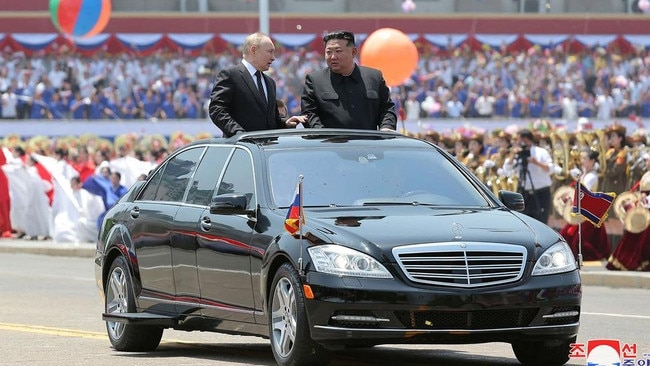
These actions bear more than a hint of irony. Kim’s parents were devout Presbyterians: his mother was a deaconess, and his father an elder.
In the years to come, hopes that religious leaders and organisations could catalyse change in North Korea would be quickly quashed.
Even after Billy Graham first visited Pyongyang in 1992, at Kim’s request, any improvement in US-North Korea relations failed to materialise. Amid the shifting sands of North Korea’s subsequent ties with its southern counterpart and the US, Pyongyang’s egregious human rights violations and development of nuclear weapons would only worsen.
Yet North Korea has not ignored the Holy See completely. State media predictably has reported pontifical statements that have criticised – however mildly – the US. In 2012, media outlets echoed Benedict XVI’s calls for an end to the US trade embargo on Cuba. Two years later, North Korea would launch a spate of missiles as pope Francis visited South Korea, a year after becoming pontiff.
The North Korean Academy of National Defence Science – a state-run organisation responsible for research into advanced weapons systems that is sanctioned by Washington – issued a statement demanding to “ask the pope why he set about his south Korean trip the day when we are making (our) latest tactical rocket test-fire”.
In 2018, South Korean president Moon Jae-in – himself a Catholic – sought to leverage the brief thaw in inter-Korean ties to convey a message from North Korean leader Kim Jong-un to Francis, inviting the pope to Pyongyang. Nevertheless, scant progress was made.
By the time the Argentinian pontiff offered to visit the country, four years later, times had changed. As North Korea’s relations with the West plunged to a nadir amid failed dialogue with the US, the Holy See’s ability to engage in talks with North Korea waned, as the former’s soft power would become usurped by the tragedy of great power politics.
To paraphrase St Peter: Quo Vadimus? Where do we go from here? North Korea today shows no intention of denuclearising, let alone improving the lives of its 26 million people. Those who hoped a South Korean cardinal would be elected as pope will have to continue waiting. It is no surprise that Donald Trump took no time in congratulating his fellow countryman on Leo’s election to the papacy, deeming it a “very meaningful moment” and a “great honour for our country”.
Yet only time will tell whether Pope Leo XIV will effect meaningful change on the Korean Peninsula, and if a delinquent North Korea will welcome a Pope from what it calls its “hostile” enemy. In his inaugural address, the new Pope called for “a missionary church” that “builds bridges and dialogue”.
As past popes have shown, however, doing so is easier said than done.
In January 1890, the previous pope to choose the name Leo, Leo XIII, wrote in his encyclical Sapientiae Christianae that “nothing emboldens the wicked so greatly as a lack of courage on the part of the good”.
More than a century later, much akin to his predecessors, Pope Leo XIV faces the myriad geopolitical needs of our time. The serial human rights and nuclear norm violations of North Korea and the persecution of Christians in China are only two such issues.
The 266th successor to St Peter will indeed need courage in facing both a fractured church and a divided world of numerous simultaneous geopolitical crises, from eastern Europe to east Asia – for it is the consequences of both that no one can predict.
Edward Howell is a lecturer in international relations at the University of Oxford and the Korea Foundation Fellow at Chatham House, London. This article first appeared in Engelsberg Ideas.


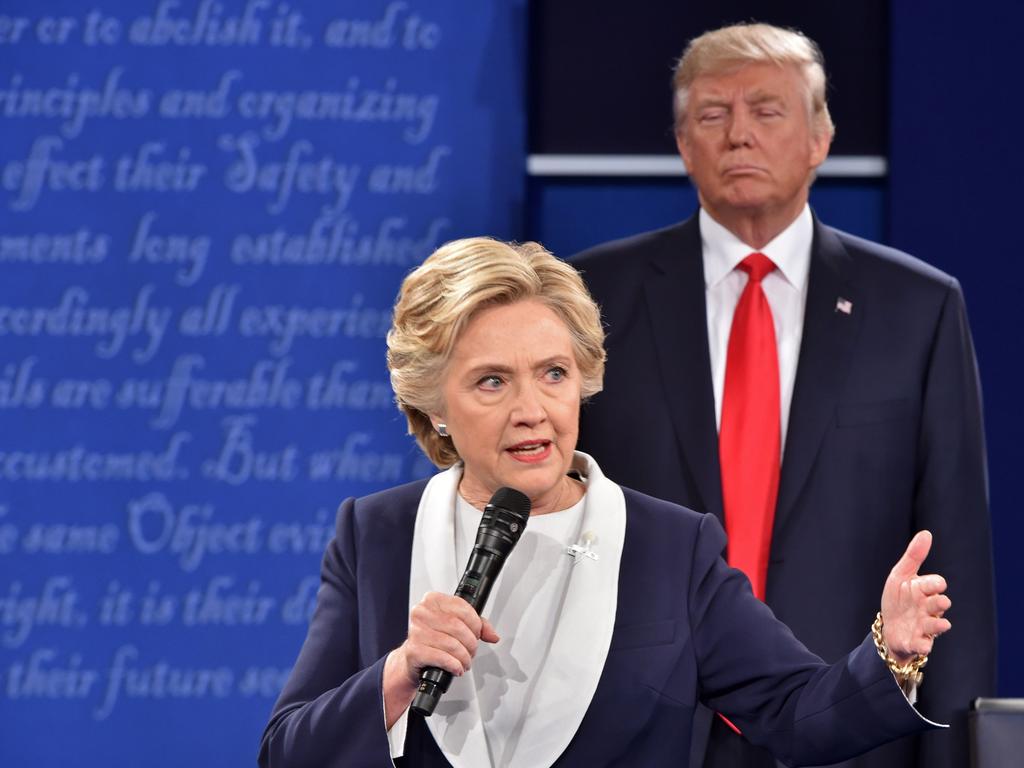




To join the conversation, please log in. Don't have an account? Register
Join the conversation, you are commenting as Logout